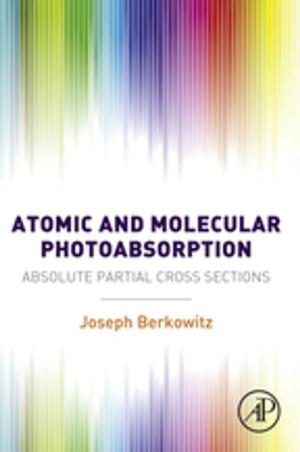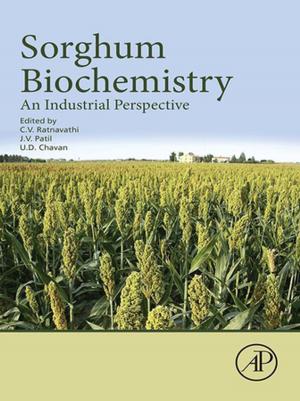The Physiology of Synapses
Nonfiction, Health & Well Being, Medical, Medical Science, Physiology, Specialties, Internal Medicine, Neuroscience, Science & Nature, Science| Author: | John Carew Eccles | ISBN: | 9781483226064 |
| Publisher: | Elsevier Science | Publication: | October 22, 2013 |
| Imprint: | Academic Press | Language: | English |
| Author: | John Carew Eccles |
| ISBN: | 9781483226064 |
| Publisher: | Elsevier Science |
| Publication: | October 22, 2013 |
| Imprint: | Academic Press |
| Language: | English |
The Physiology of Synapses covers the considerable advances in understanding the complex physiology of synapses. This book is divided into 16 chapters that emphasize the mechanism of synaptic transmission.
The first chapters describe the structural and physiological features of chemically transmitting synapses. The subsequent chapters deal with the excitatory postsynaptic responses to presynaptic impulse and the release of transmitter by presynaptic impulses. These topics are followed by discussions of the impulse generation by the excitatory postsynaptic potential; the postsynaptic electrical events produced by chemically transmitting inhibitory synapses; the ionic mechanism generating the inhibitory postsynaptic potential. The last chapters consider the mechanism of inhibitory transmitter substances, pathways responsible for postsynaptic inhibitory action, and the trophic and plastic properties of synapses.
This book will prove useful to physiologists, neurologists, and researchers.
The Physiology of Synapses covers the considerable advances in understanding the complex physiology of synapses. This book is divided into 16 chapters that emphasize the mechanism of synaptic transmission.
The first chapters describe the structural and physiological features of chemically transmitting synapses. The subsequent chapters deal with the excitatory postsynaptic responses to presynaptic impulse and the release of transmitter by presynaptic impulses. These topics are followed by discussions of the impulse generation by the excitatory postsynaptic potential; the postsynaptic electrical events produced by chemically transmitting inhibitory synapses; the ionic mechanism generating the inhibitory postsynaptic potential. The last chapters consider the mechanism of inhibitory transmitter substances, pathways responsible for postsynaptic inhibitory action, and the trophic and plastic properties of synapses.
This book will prove useful to physiologists, neurologists, and researchers.















